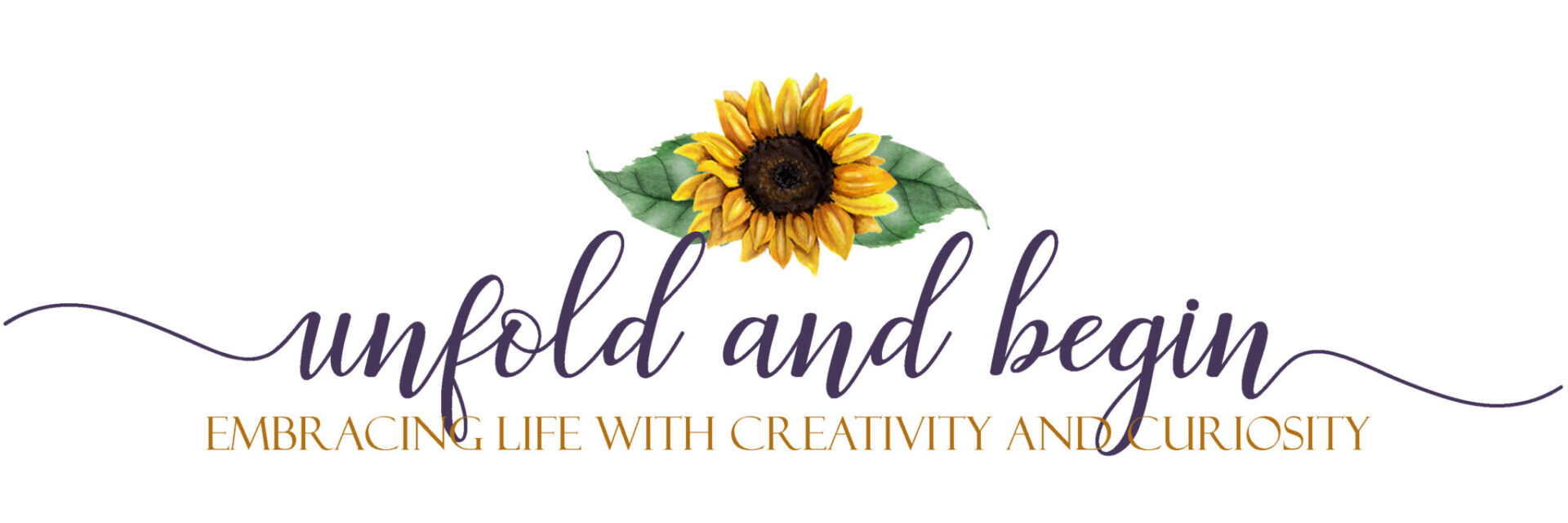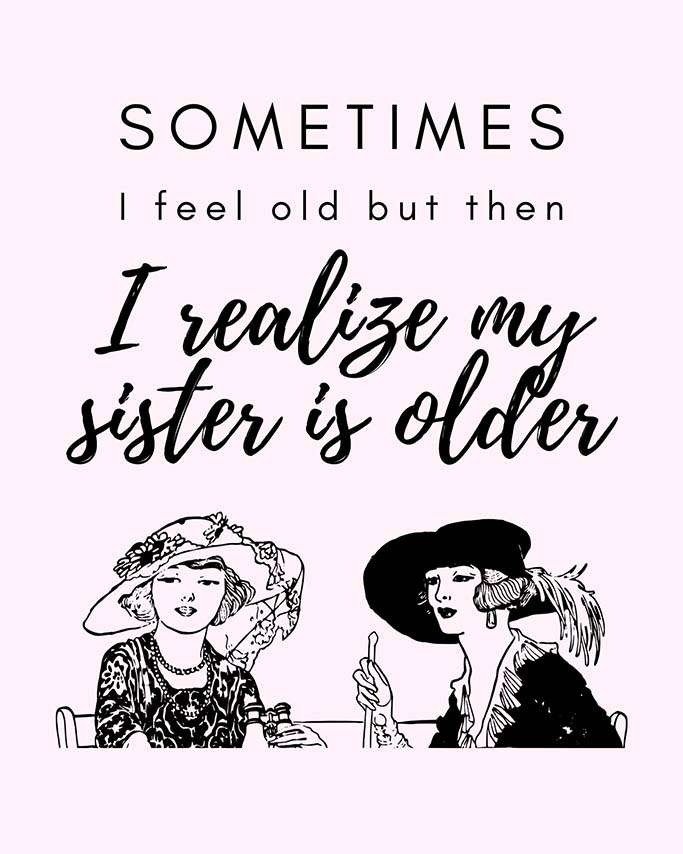This is week two in looking in the mirror to uncover my racial biases. This week’s post won’t show most of my daily work from the questions. Why? Because the author specifically asked for it not to be shared and I completely understand. It is a painful week and the words that are written in response to the questions are historically and nationally painful and might be a trigger to any BIPOC who might read this post
The author started this challenge as an Instagram challenge and encouraged people to respond to each daily prompt. What she wasn’t expecting was how the responses in this week would trigger her. She cried this week. So to honor her request, I’m not putting out what I wrote, it was painful for me to write as well. I will share the daily topics and some of the questions. I really do encourage you to go out and get your own copy of Me and White Supremacy by Layla F Saad.
Day 8 was a look at color blindness. You know, when people say they don’t see color. That’s a lie unless you are color blind and only see in shades of grey and white. And truly, that only affects 0.003% of people worldwide. If you tell a black person that you don’t see color you are not showing how enlightened you are, instead, you are showing how the white supremacist society has affected your outlook.
Instead of seeing a black person for who they are, you are negating who they are. You are minimizing them and saying who they are doesn’t matter. Questions for today included How do you feel when BIPOC talk about race and racism and have you ever harmed BIPOC by insisting you do not see color?
Day 9 is where the really rough stuff starts. You and Anti-Blackness against Black women is what day 9 looks at. This chapter looks at how this shows up, in one-dimensional stereotyping of black women, in the lack of Black women as leaders in the country and in business, tone policing of Black women, and even touching Black women’s hair without permission.
Day 10 looks at Anti-Blackness against Black men. There is a whole lot of baggage to unload here. It includes a look at how the racist silent movie, Birth of a Nation (complete with white men in blackface acting as black men who are unintelligent and sexually aggressive) was used as propaganda to justify the treatment of black men to protect innocent white women from them.
That movie was created in 1915, 6 years later the Tulsa Massacre happened. How did it get started? A black teenager was arrested for allegedly attacking a white woman. The charges were later dropped, but the damage had been done. Fueled by white anger over the stereotype of black men being sexually aggressive.
It’s the same reason why Emmett Till died and why the Central Park 5 went to jail. White supremacist views have driven a narrative of Black Men as dangerous and they are still dying from that false narrative.
Day 11 looks at Anti-Blackness against Black children. Yes, you read that right. Black children. How does it show up? By thinking they look or act older than they really are. It’s why Tamir Rice died. He was 12 and playing with a toy gun in a park. The police car hadn’t even come to a complete stop before the officer jumped out of the car and shot him.
There’s also how white people “pity” black children and think they need to be saved. This is white saviorism. You know it. It’s what happened all over Africa when white people decided they needed to save black people from themselves.
Anti-Blackness against Black children is the start. It starts when we view Black children with more suspicion that we do White children, as less innocent than White children of the same age.
Day 12 looks at Racist Stereotypes. You know what I’m talking about. You’ve heard them. Hell, our current White House resident got elected after calling Mexicans rapists and that most of the crime in this country is committed by Blacks and Hispanics. You can’t hold your head in the sand and think that this country is not based upon white supremacy.
Oh, and don’t forget this country elected a man who not only said that Mexicans were rapists, but was sued by the Justice Department because of his refusal to rent to Blacks. And this is the same guy that influenced white people against the Central Park 5 by taking out a two page calling for the death penalty in the case.
The journal prompts ask you to actually name these racist stereotypes. First from a national perspective and then from a personal perspective. You’re also asked to think about how you look at BIPOC who are already citizens of our country compared to immigrants and what we think of those who are darker-skinned over those who are lighter-skinned.
Finally we look at Cultural Appropriation. If you’re wondering what that means, Saad share a definition from Ijeoma Oluo that says cultural appropriation is “the adoption or exploitation of another culture by a more dominant culture. “
The White culture in America is more dominant. That’s the bottom line. And we need to see and understand cultural appropriation. Yes, the white, Democratic members of the House did it when they wore the Kente cloth during a demonstration after George Floyd’s death. Even if members of the Black Caucasus gave them the scarves to wear, they shouldn’t have done it and should have seen and understood the deeper meaning of cultural appropriation.
Or think about cornrows in hair. When worn by white women it might be seen as beautiful or edgy or sexy (think Bo Derek in the movie 10) But when Black people wear cornrows, they are called urban or ghetto or told they are in violation of company dress code.
At the end of the week, we were asked, what have you begun to see that you cannot unsee? What have we learned in the past 14 days about how white supremacy works through us? Are we thinking differently about our white privilege, white fragility, white tone policing, white exceptionalism now? What are you thinking?






You have been doing a lot of hard work, emotional gut wrenching work. Thank you for sharing. I am not sure what the initials BIPOC are. Explain please and thank you. .
I think I shared that in week one, but not in week two. BIPOC stands for Black, Indigenous, People of Color.